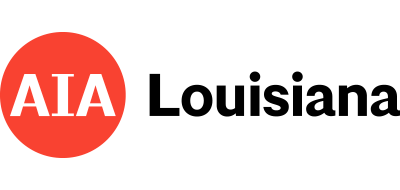 PHILLIP M. BELLAN
PHILLIP M. BELLAN
Senior Staff Industrial Hygienist, Terracon Consultants, Inc.
Health Hazards in Construction
Thursday, September 8 @ 11:50 am – 12:40 am
1 HSW
OUTLINE
The construction industry has many health hazards. These hazards are regulated by many agencies across many jurisdictions. Industrial Hygienist are scientists who specialize in the application of these regulations so they best protect workers in a cost effective manner. The presentation highlights some of the more common exposure concerns and describes how these exposures impact worker health and ultimately worker safety.
LEARNING OBJECTIVES
- Gain a better understanding of the types of health hazards associated with the construction industry
- Gain a better understanding of how hazards can affect the human body
- Identify potential sources of common hazards
- Gain a better understanding of how to evaluate and ultimately reduce the hazards in the construction industry
BIOGRAPHY
Mr. Bellan is a Senior Staff Industrial Hygienist with Terracon Consultants, Inc. Mr. Bellan is stationed in the Baton Rouge, Louisiana Office, but practices across the state. Mr. Bellan has a degree in microbiology from Louisiana State University and is currently obtaining a juris doctorate degree in law from the Southern University Law Center in Baton Rouge. Mr. Bellan has extensive experience in industrial hygiene consulting in the commercial, educational, residential, and industrial sectors. Some of Mr. Bellan’s large projects include flood remediation at the St. Joseph Abbey in Covington, Louisiana; supervising the abatement and demolition of the Greenwell Springs Mental Hospital in Central, Louisiana; and serving as the chief environmental consultant to the Carboline manufacturing facility in Lake Charles, Louisiana. Mr. Bellan has also assisted in the development of asbestos management plans for a number of Louisiana school systems.
Other areas of industrial hygiene in which Mr. Bellan has experience include, hexavalent chromium, lead, mold, indoor air quality, radon, formaldehyde, noise, HUD studies, silica/respirable dust, legionella/bacteriological studies, as well as acid gas and other chemical exposure monitoring.
